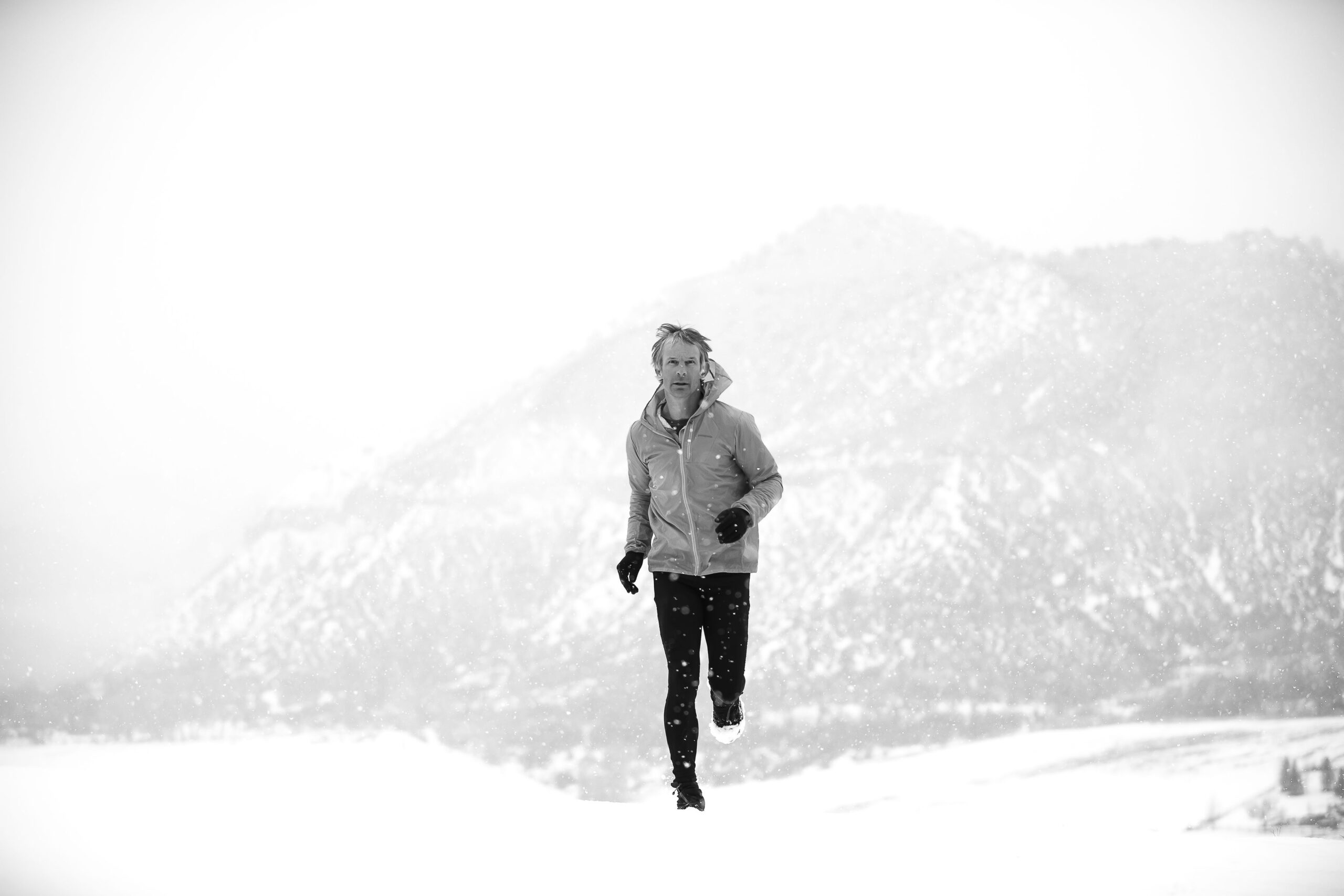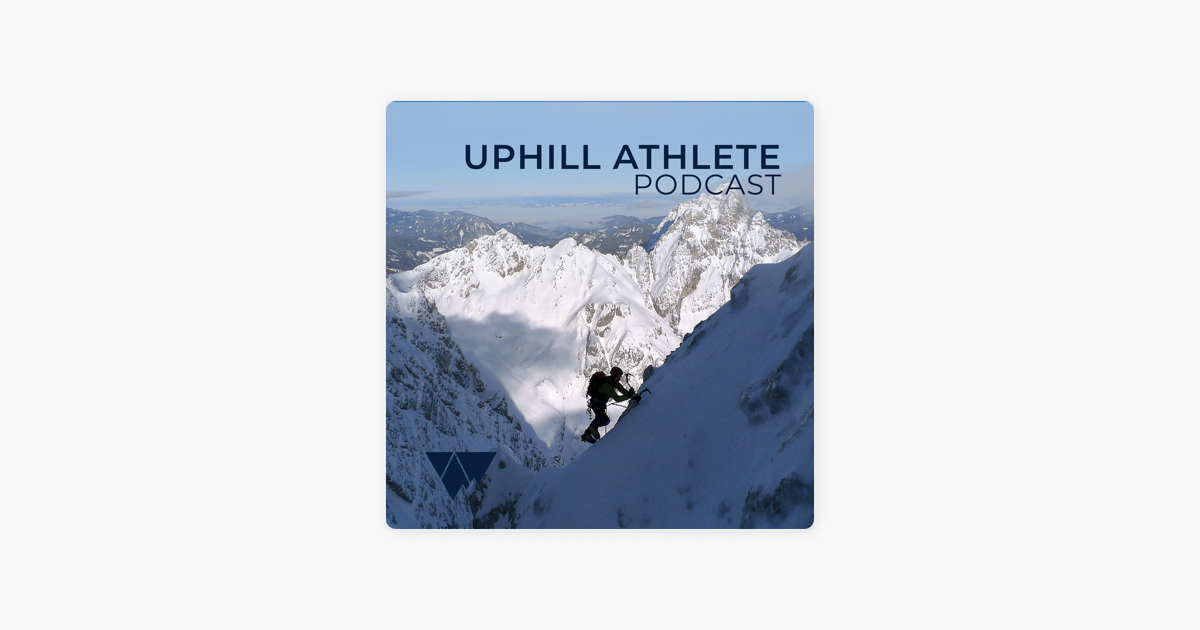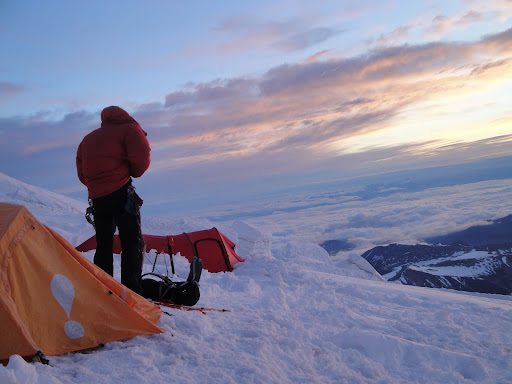Looking for input. While past winters have been ice climbing focused, I am planning a December Ecuador trip for seven days of whitewater paddling. In preparation, my thoughts are to start incorporating 2-3 times/week a program of kettlebell C&P, renegade rows, goblet squats, light tgu and loaded carries August-October. I would switch to Armor building complex and snatches in November/December from a conditioning standpoint. i would continue my current kayaking a couple of times a week (flat water and ww depending on water levels) and mountain biking 1/week. Rest days as needed, giving preference to kayaking days. For info, I am a 62 yo male, 5’9, 170lbs

uphillathlete.com






